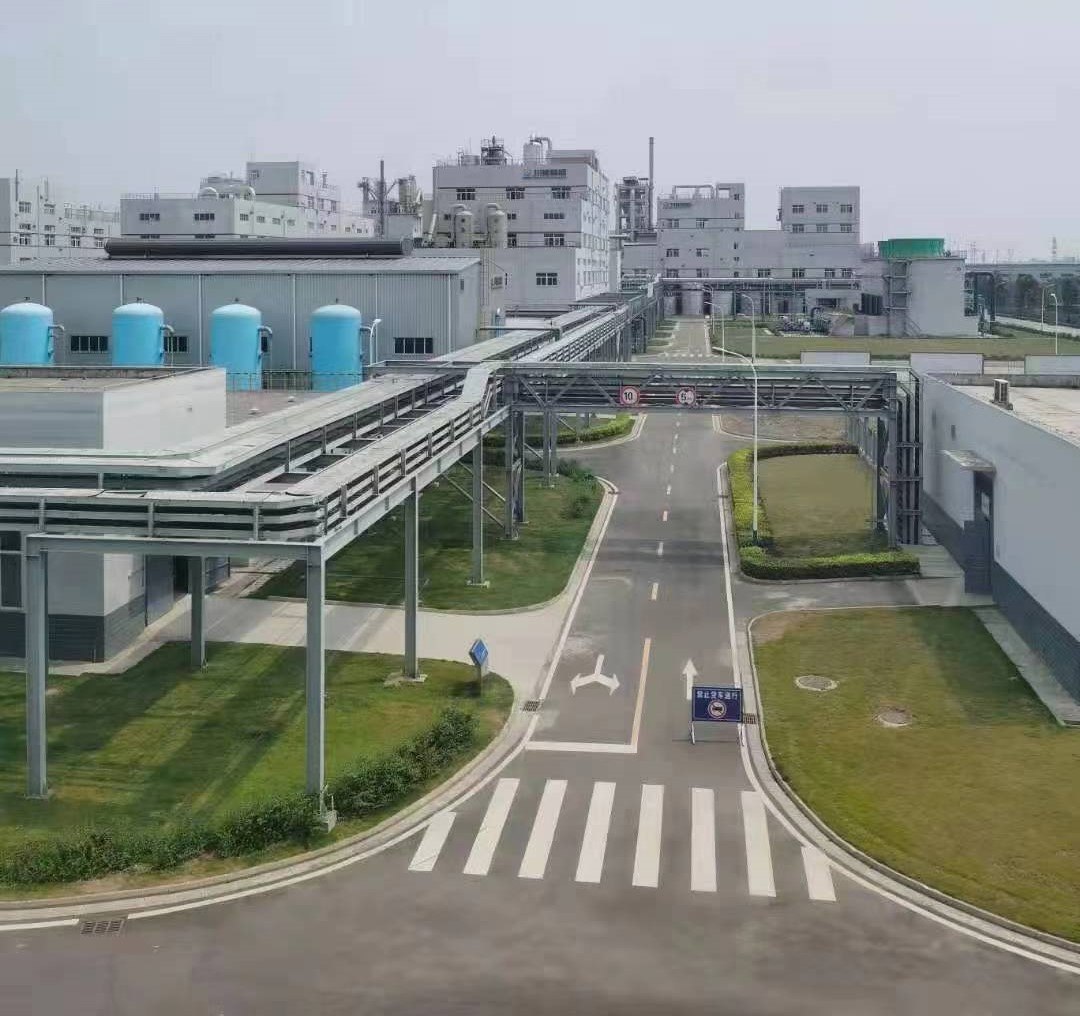The short-term strong supply and weak demand situation has not improved, and the pressure on lithium carbonate prices continues to fluctuate weakly
May,09,25
The short-term strong supply and weak demand situation has not improved, and the pressure on lithium carbonate prices continues to fluctuate weakly
Supply and demand situation:
Supply side: According to statistics from Baichuan Yingfu, the production in April decreased by 9% month on month to 71652 tons. In March, the production of lithium carbonate increased by 24% month on month to 78730 tons, and lithium salt factories resumed production with a significant increase in volume. Recently, Pilbara Mining has lowered its lithium concentrate production guidance for the 2025 fiscal year to 700000 to 740000 tons, and Bald Hill beneficiation plant plans to temporarily cease operations in early December 2024. In terms of overseas imports, China's lithium ore imports in March 2025 were 534500 tons, a decrease of 6% compared to the previous month. Among them, 308000 tons were imported from Australia, an increase of 33% compared to the previous month, 58000 tons were imported from Zimbabwe, a decrease of 40% compared to the previous month, and 85000 tons were imported from Nigeria, an increase of 83% compared to the previous month. In March, the import volume of lithium carbonate was 18100 tons, a year-on-year decrease of 5%. 12718 tons of lithium carbonate were imported from Chile, accounting for 70%.
Cost: The CIF price of imported spodumene concentrate increased slightly on a weekly basis, and some manufacturers of lithium carbonate produced from purchased lithium ore experienced cost inversion. The profits of self owned ore and salt lake enterprises have certain support, and lithium hydroxide manufacturers face significant cost pressure.
On the demand side, the overall production schedule for May is expected to remain unchanged compared to the previous month. In March, the total production of power and other batteries in China was 118.3 GWh, an increase of 18.0% month on month and 54.3% year-on-year. The total export of power and other batteries was 23.0 GWh, a month on month increase of 8.8% and a year-on-year increase of 75.3%. The sales of power and other batteries reached 115.4GWh, a month on month increase of 28.3% and a year-on-year increase of 64.9%. The introduction of the trade in policy and the extension of the purchase tax for new energy vehicles on the policy side are expected to continue supporting the rapid growth of sales in China's new energy vehicle market.
Inventory: Lithium carbonate inventory showed a cumulative state this week, with factory inventory increasing by 2860 tons to 32560 tons, market inventory decreasing by 3722 tons, and Guangzhou Futures Exchange inventory increasing by 1682 tons.
Strategic suggestion:
From the supply side, the domestic production of lithium carbonate decreased by 9% month on month in April. Recently, lithium salt factories have maintained stable production. In March, the import volume of lithium concentrate decreased by 6% month on month, while the import volume of lithium salt increased by 47% month on month. It is expected that the import volume of lithium salt in South America will remain high in the future, which will supplement the supply. From the demand side, driven by the growth rate of energy storage and electric vehicle terminals, downstream demand is good, but the implementation of equivalent tariff policies in the United States has a negative impact on lithium battery exports. Lithium salt factories have resumed production one after another, with an increase in production compared to the previous month. In April, the production schedule of positive electrode manufacturers remained unchanged compared to the previous month, and the short-term demand growth rate was slower than the supply. The procurement of battery cell factories is weak, and under the background of centralized production, there is great supply pressure, and spot supply tends to be loose. Downstream battery inventory is accumulating, and the proportion of battery factory directors cooperating with customers is increasing. It is expected that the price of lithium carbonate will still be under pressure. The current production reduction situation in the mining sector has limited impact on overall supply, and the expected increase in lithium carbonate import supply. As the situation of strong supply and weak demand does not improve, it is expected that prices will continue to fluctuate weakly. It is recommended to adopt a short selling strategy when faced with high prices, and to continue to pay attention to the production reduction situation of upstream enterprises and the production scheduling of positive electrode material factories.






